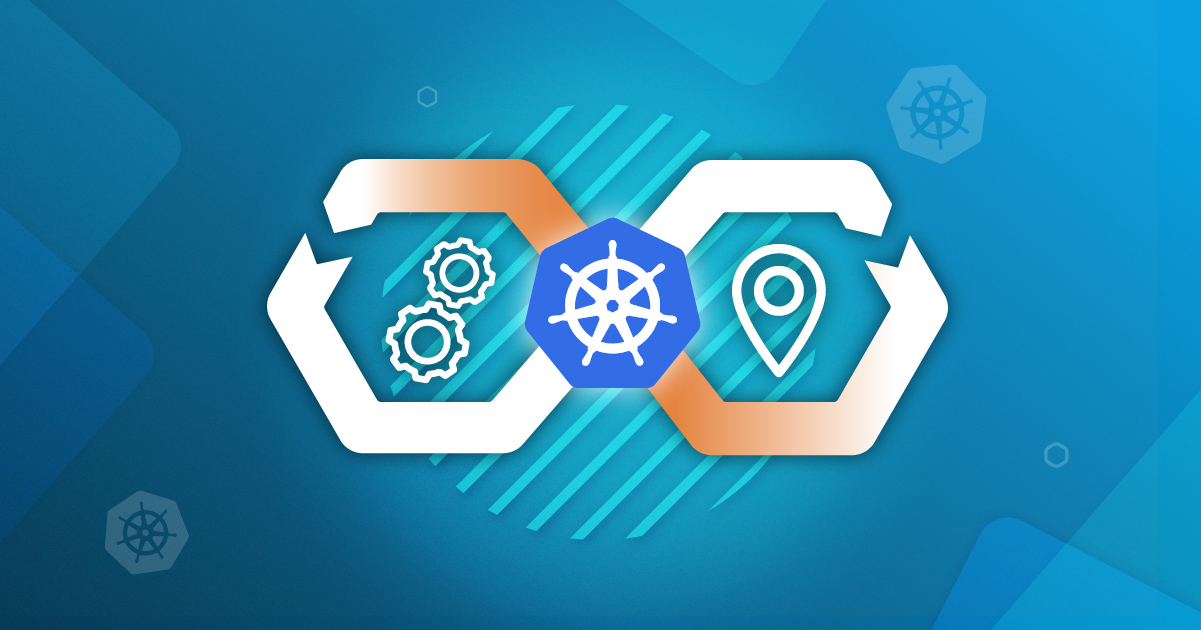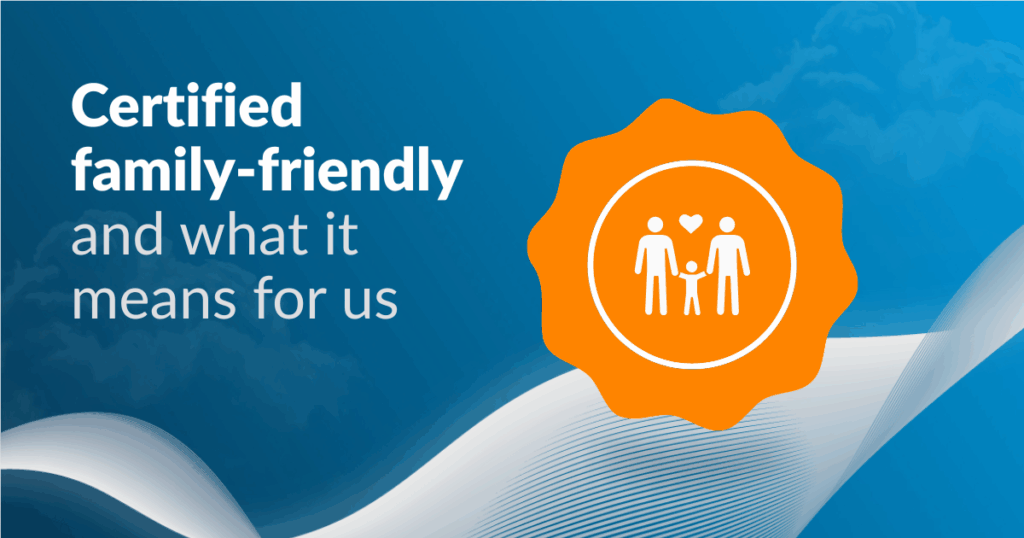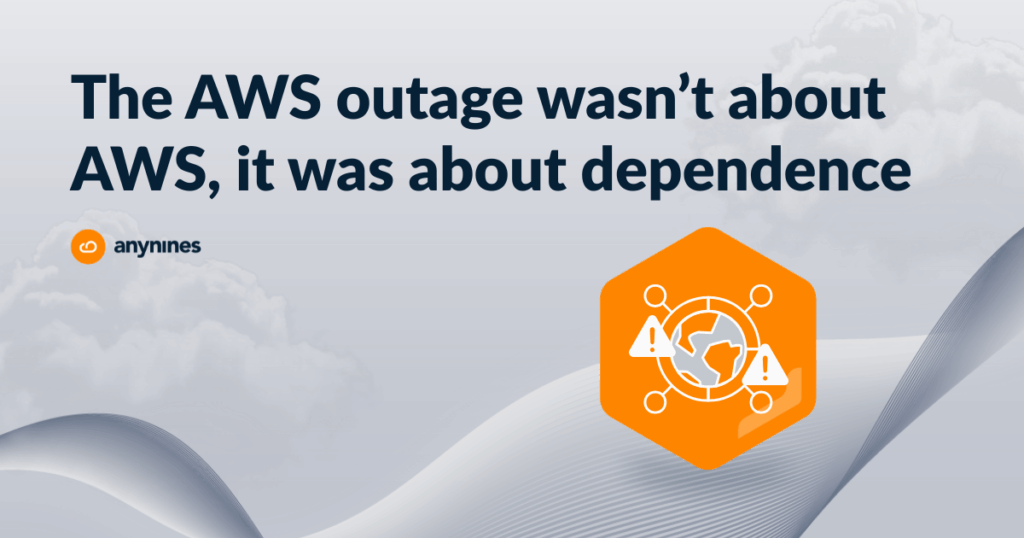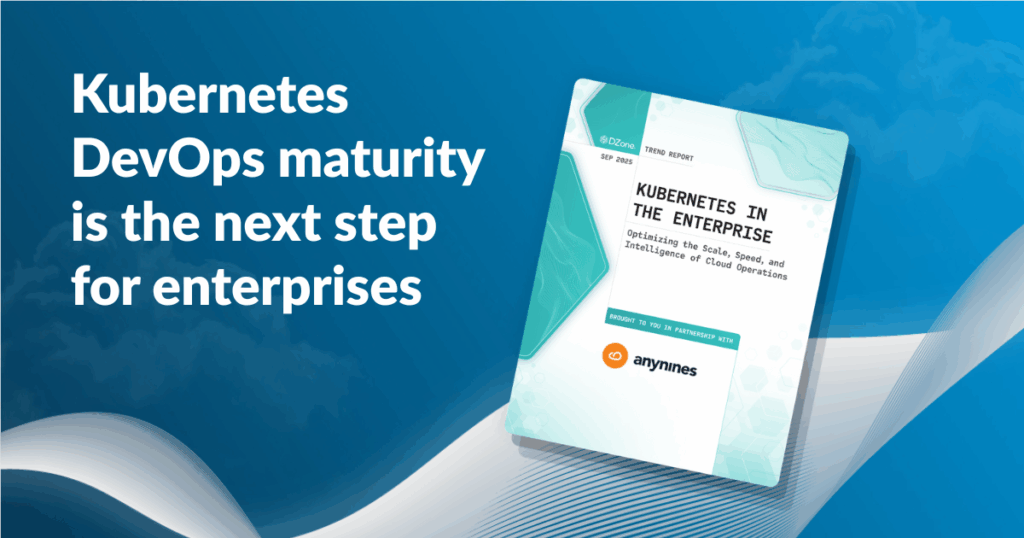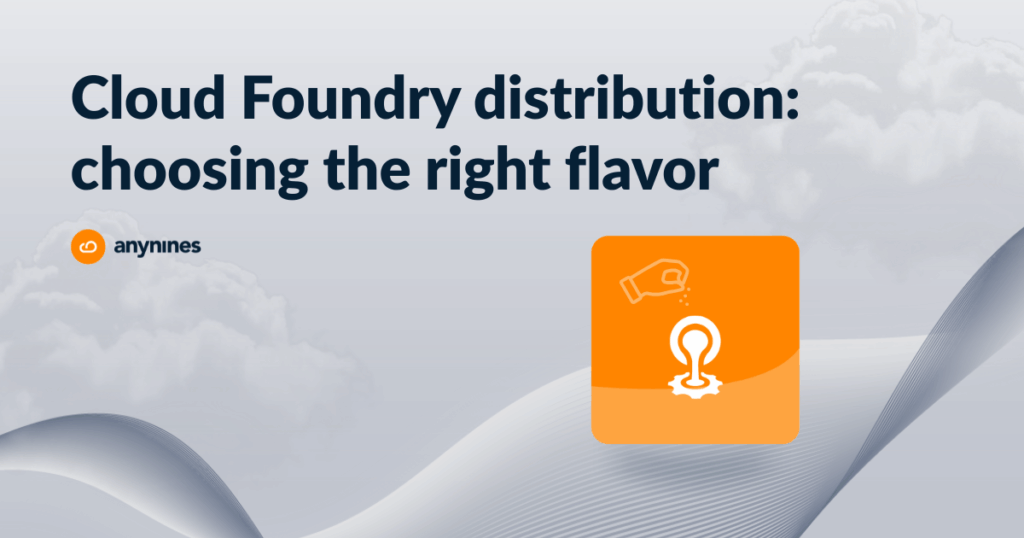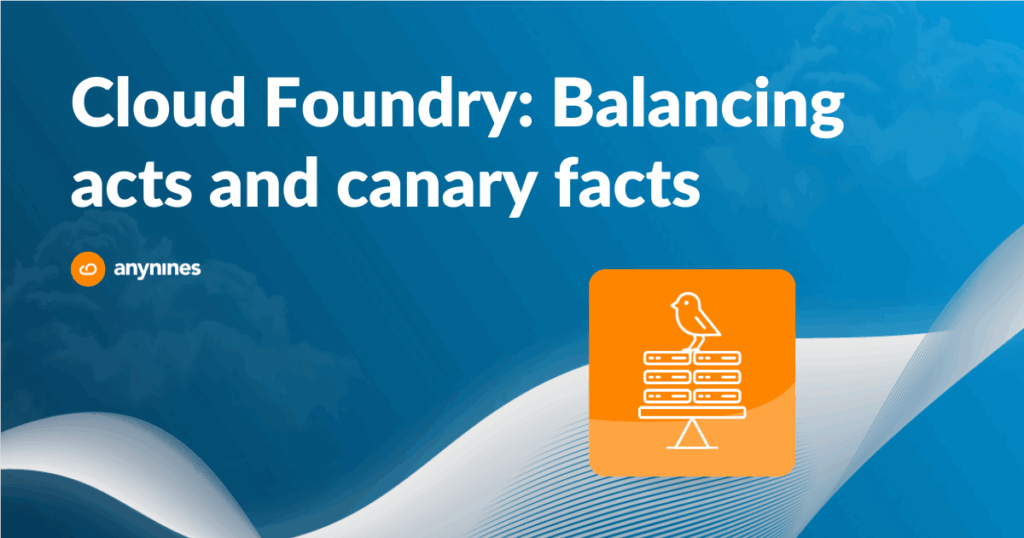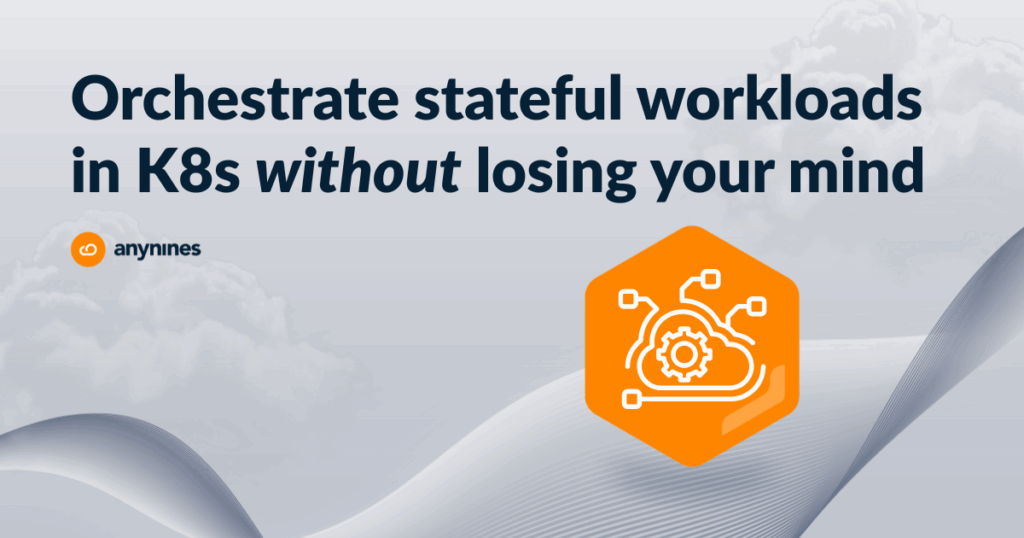What Are CI/CD Pipelines?
Before we jump into the various strategies for integrating Kubenetes with CI/CD pipelines, let’s first establish a solid understanding of CI/CD pipelines.
CI/CD pipelines represent a series of steps designed to automate the processes of software delivery and deployment. As such, CI/CD pipelines can be thought of as a well-oiled assembly line for software development and delivery that streamlines the process from code inception to deployment. By integrating Continuous Integration (CI) and Continuous Delivery (CD), these pipelines significantly enhance both efficiency and reliability within software development and operations, enabling software releases to be faster and more efficient. Nowadays, this methodology is considered a cornerstone of modern DevOps practices.
To get more specific, CI focuses on the principle of frequently integrating code changes into a central repository. Here, automated builds and tests are conducted to quickly identify and fix integration errors. This practice upholds a high standard of code quality through automated testing while also minimizing the need for time-consuming manual testing and integration efforts. Building upon CI, Continuous Delivery (CD) automates the process further by ensuring all code changes are deployed to a testing or staging environment following the build stage. This step guarantees that the software is always in a release-ready state, thereby facilitating a fast and safe transition to production environments.
Continuous Deployment, another (less common) form of CD, takes this a step further by automatically deploying every change that passes through the pipeline to production without human intervention. This CD approach requires having a highly reliable testing environment to ensure that only well-tested and stable changes are deployed to users.
CI/CD pipelines streamline the entire software development process, from code integration, testing, and building, through to deployment. Automated pipelines have great benefits, they minimize manual errors, facilitate rapid iterations, and provide consistent feedback loops during development.
Integrating Kubernetes into CI/CD Pipelines
Connecting and integrating Kubernetes into CI/CD pipelines enables organizations to achieve higher efficiency, resilience, and scalability. This integration process requires a strategic approach that leverages Kubernetes’ capabilities to streamline and automate the CI/CD workflow.
Kubernetes CI/CD pipelines automate the process of seamlessly integrating developer-written code and deploy it to a designated environment, greatly reducing the need for manual oversight.
Integrating Kubernetes into CI/CD pipelines offers several compelling advantages that can significantly enhance the software development lifecycle, deployment processes, and overall application management.
Here are reasons why integrating Kubernetes into CI/CD pipelines is a strategic move:
Automated Deployment and Scaling Kubernetes excels at managing containerized applications– with features like automated deployment, scaling, and management of application containers across clusters of hosts. Integrating Kubernetes with CI/CD pipelines automates these processes and enables more seamless and consistent deployments and scalability of applications as per demand, without manual intervention.
Consistency and Reliability By integrating Kubernetes into CI/CD, teams can ensure that applications are deployed consistently across different environments. Kubernetes’ use of containers means that the software will run the same way no matter where it’s deployed, reducing ever-so-popular “it works on my machine” problems and increasing deployment reliability.
Efficient Resource Utilization Kubernetes provides efficient resource management and can automatically allocate applications’ needed resources. When integrated with CI/CD pipelines, this ensures that applications are not only deployed automatically but that they also utilize resources optimally, thereby improving cost-efficiency.
Self-Healing Systems One of the key features of Kubernetes is its ability to self-heal by restarting failed containers, replacing and rescheduling containers when nodes die, killing containers that don’t respond to health checks, and not advertising them to clients until they are ready to serve. Integrating this capability into CI/CD pipelines means that the deployment process not only automates the rollout of applications but also ensures their resilience and availability.
Rollbacks & Version Control Integrating Kubernetes into CI/CD pipelines makes it easier to implement automated rollbacks and manage application versions. If a new deployment fails or doesn’t meet certain criteria, Kubernetes can automatically roll back to a previous, stable version. This minimizes downtime and the impact on users.
Increases Developer Productivity Automating deployment and management tasks frees up developers from manual deployment processes. By enabling them to focus more on developing features and improving the application, the feedback loop also speeds up and helps developers to identify and fix issues more rapidly.
Improves Security Kubernetes can enforce security policies at the application level–this isolates workloads and reduces the surface of attack. When integrated with CI/CD pipelines, security checks and policies can be automated and enforced throughout the development lifecycle, thus improving the overall security posture of applications.
Facilitates DevOps & GitOps Practices Kubernetes integration supports DevOps practices by improving collaboration between Dev and Ops teams through automation and streamlined workflows. It also enables GitOps, where the desired state of a Kubernetes cluster is stored in a version control system, and changes are automatically applied, leading to improved efficiency and auditability.
Best Practices: Enhancing CI/CD Workflows with Kubernetes
These days, Kubernetes is a cornerstone for deploying and managing containerized applications at scale. Integrating Kubernetes into CI/CD pipelines empowers faster deployments that are more reliable and efficient, while also leveraging Kubernetes’ powerful features for managing containerized applications at scale.
Kubernetes CI/CD Pipeline Strategies
Now we’ll explore the various strategies (nine in total) for integrating Kubernetes into CI/CD pipelines:
- Ensuring CI/CD security best practices
- Incorporating automated testing and rollback capabilities
- Leveraging Kubernetes-native CI/CD tools
- Adopting GitOps for infrastructure management
- Using deployment strategies
- Utilizing Helm for deployment management
- Implementing immutable image tags
- Implementing configuration and secret management
- Exploring pull-based CI/CD workflows
There are nine major strategies for integrating Kubernetes into CI/CD pipelines and their unique benefits and enhancements to the software development lifecycle.
1. Ensuring CI/CD Security Best Practices
The foundational step in integrating Kubernetes into CI/CD pipelines is to ensure robust security practices. This involves securing the pipeline from end-to-end: from source code repositories to the deployment of images in production environments. Key practices include the implementation of role-based access control (RBAC) in Kubernetes, the use of secure communication channels, and the scanning of containers for vulnerabilities. Additionally, incorporating security checkpoints at each stage of the CI/CD pipeline helps in early detection and mitigation of potential security issues.
2. Incorporating Automated Testing and Rollback Capabilities
Automated testing is critical in any CI/CD pipeline, but its importance is magnified when integrating with Kubernetes due to the platform’s dynamic nature. Testing strategies should cover unit, integration, and end-to-end tests, ensuring that applications perform as expected in the Kubernetes environment. Furthermore, incorporating automated rollback capabilities ensures that if a deployment does not meet certain criteria or fails tests, it can be automatically rolled back to a previous, stable version, minimizing downtime and the impact on end users.
3. Leveraging Kubernetes-Native CI/CD Tools
Utilizing tools specifically designed for Kubernetes can significantly streamline the CI/CD process. Tools like Tekton, Argo CD, and Flux offer Kubernetes-native solutions for continuous integration and deployment, aligning closely with Kubernetes’ architecture and operation. These tools support declarative configurations and can manage complex deployments across multiple Kubernetes clusters, offering scalability and flexibility in managing CI/CD pipelines.
4. Adopting GitOps for Infrastructure Management
GitOps is a paradigm that applies DevOps best practices used for application development, such as version control, collaboration, compliance, and CI/CD, to infrastructure automation. Adopting GitOps for managing Kubernetes infrastructure ensures a high degree of automation, consistency, and reliability. Infrastructure as Code (IaC) stored in Git repositories enables version-controlled, collaborative, and auditable changes to the infrastructure, facilitating easier rollbacks and reducing the potential for errors.
5. Using Deployment Strategies
Kubernetes supports several deployment strategies like Blue/Green, Canary, and Rolling updates. By leveraging these strategies within CI/CD pipelines, organizations can reduce downtime and risk associated with deploying new versions of applications. Each strategy offers distinct advantages in terms of control, speed, and feedback during the deployment process, allowing developers to choose the best approach based on the specific needs of their application.
6. Utilizing Helm for Deployment Management
Helm is a package manager for Kubernetes that simplifies the process of defining, installing, and upgrading even the most complex Kubernetes applications. By integrating Helm into CI/CD pipelines, teams can manage application dependencies, streamline package installations, and maintain consistency across development, testing, and production environments. Helm charts offer a powerful way to define and manage Kubernetes resources, making deployments more reproducible and error-free.
7. Implementing Immutable Image Tags
In a CI/CD pipeline, it’s crucial to use immutable image tags rather than mutable tags like “latest”. Immutable tags ensure that each deployment consistently references the same version of an image, eliminating the risk of unexpected changes. This practice supports traceability and reproducibility in deployments, as each tag corresponds to a specific build from the CI pipeline, simplifying debugging and rollback processes.
8. Implementing Configuration and Secret Management
Managing configurations and secrets efficiently is vital in Kubernetes environments. Kubernetes offers native solutions like ConfigMaps and Secrets to manage application configurations and sensitive information, respectively. Integrating these mechanisms into CI/CD pipelines allows for secure and efficient configuration changes and secret updates, enabling seamless application updates and adherence to security best practices.
9. Exploring Pull-based CI/CD Workflows
Pull-based CI/CD workflows, as opposed to traditional push-based models, offer a more decentralized approach to deployment. In a pull-based model, the Kubernetes cluster actively pulls the desired state from the Git repository and applies changes as needed. This approach aligns well with the GitOps model, enhancing security, scalability, and resilience. Tools like Flux enable pull-based workflows, automating deployments and ensuring that the live state always matches the desired state defined in Git.
By integrating Kubernetes into CI/CD pipelines, organizations can enhance their efficiency, scalability, and reliability in their application development and deployment processes. This approach to automating testing, security scanning, and deployment reinforces security, increases developer productivity, and fosters a culture of continuous improvement and innovation. Embracing this integration is a strategic move for improving current workflows and better prepares organizations for the future of technology.integrating-kubernetes-CI-CD-pipelines
